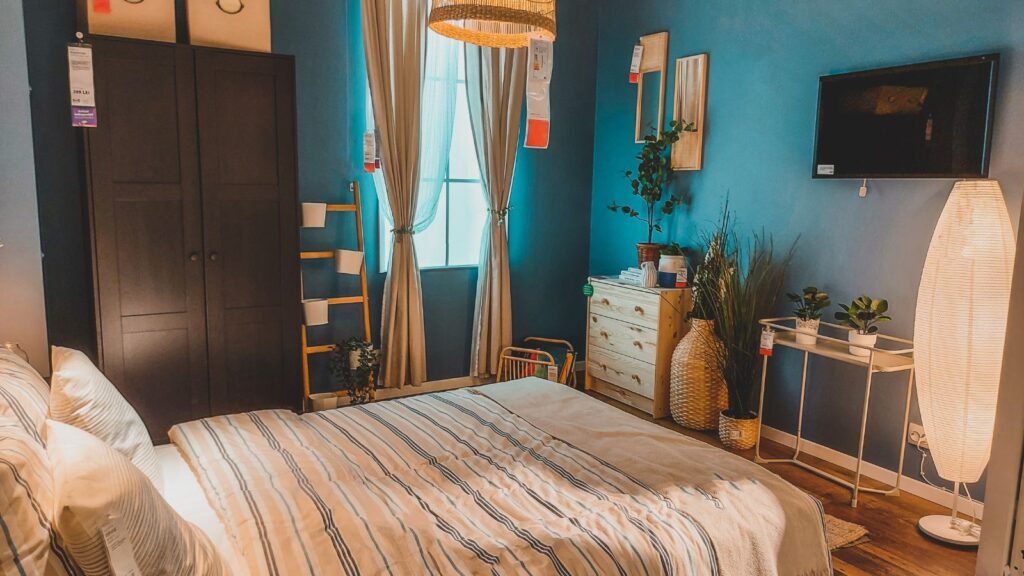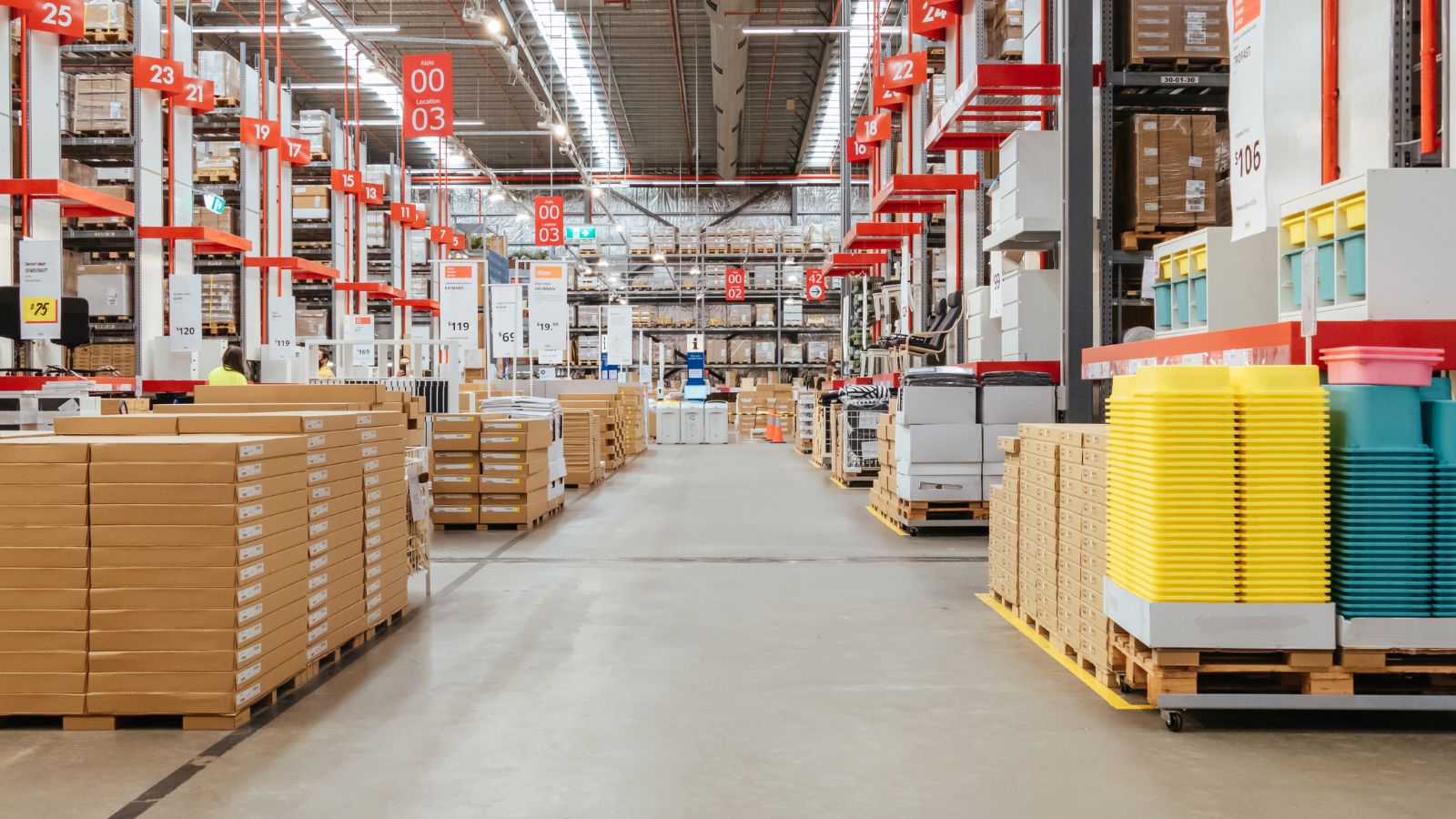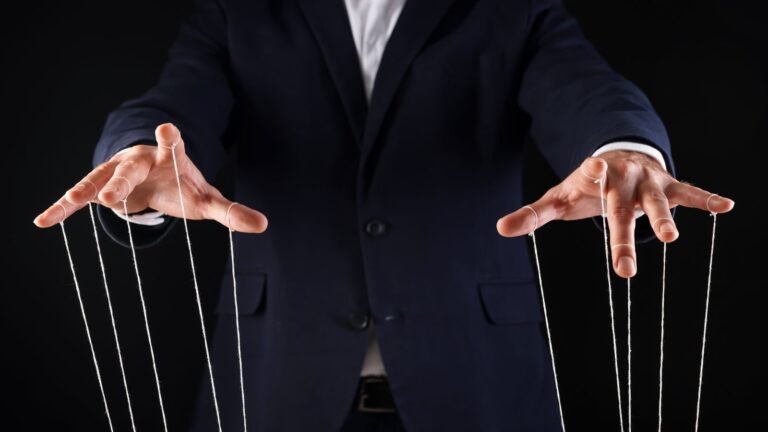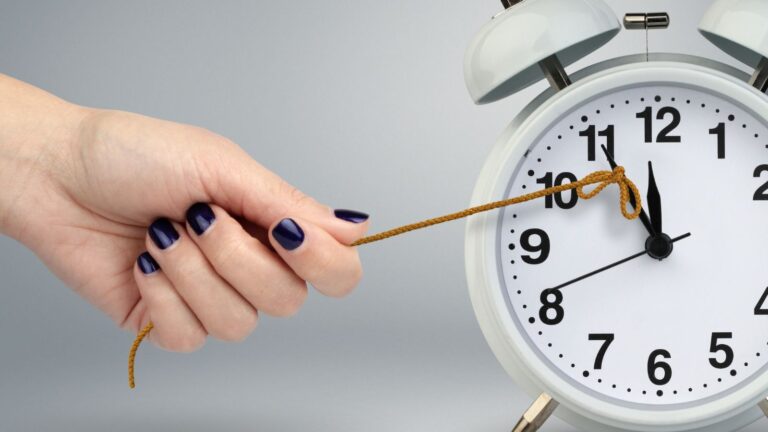If you’ve ever browsed IKEA, you might have spotted shelves labeled BILLY, sofas named KLIPPAN, and curtains called RITVA. Ever wondered why?
These quirky names are not a branding gimmick; they’re the result of a unique system born from founder Ingvar Kamprad’s dyslexia. Struggling to remember product numbers due to dyslexia, Kamprad created a unique naming structure inspired by the things he encountered around him, such as place names, people’s names, lakes, rivers, and islands. This word-based system made each item easier for him to identify and gave IKEA its distinctive Scandinavian touch.
The company name itself is an acronym: Ingvar Kamprad, Elmtaryd (the farm where he grew up), and Agunnaryd (his home village in Sweden). Kamprad’s personal challenge led him to draw inspiration from places, people, and nature across Scandinavia.

Here’s how IKEA’s naming system works:
- Sofas, armchairs, and coffee tables: Named after Swedish towns and villages, like KLIPPAN and EKTORP.
- Beds, wardrobes, and hall furniture: Use Norwegian place names, such as HEMNES and BRIMNES.
- Dining tables and chairs: Often take Finnish place names, including INGATORP and SANDSBERG.
- Bookcases: Named after boys’ names or professions, like BILLY and KALLAX.
- Curtains and fabrics: Given girls’ names, such as RITVA and MAJGULL.
- Bathroom items: Reference Swedish lakes and rivers, like VOXNAN and TOFTAN.
- Outdoor furniture: Named after Scandinavian islands, including MASSTHOLMEN and ASKHOLMEN.
- Rugs: Use Danish town names, such as LOHALS and VINDUM.
- Kitchen accessories: Inspired by fish, mushrooms, or adjectives, like SPARSAM and ÖDMJUK.
This structured yet playful system has become a hallmark of IKEA’s global identity. What began as a practical workaround for dyslexia evolved into a branding strategy that makes every IKEA product memorable and uniquely Swedish.



